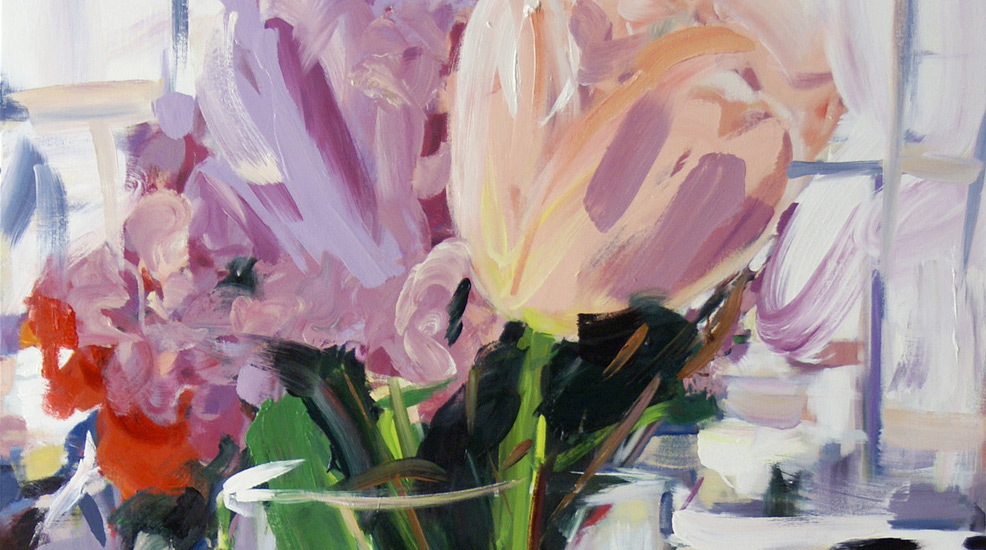
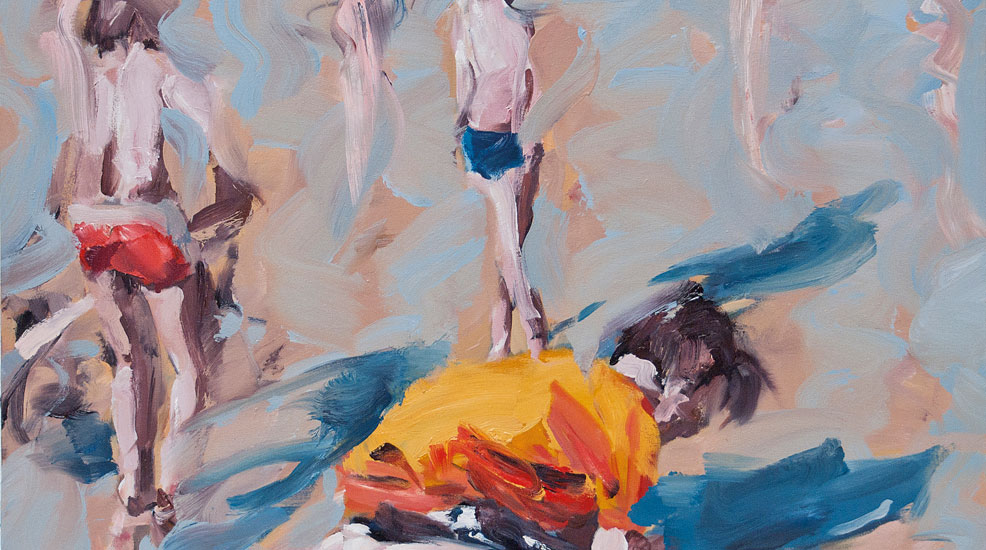
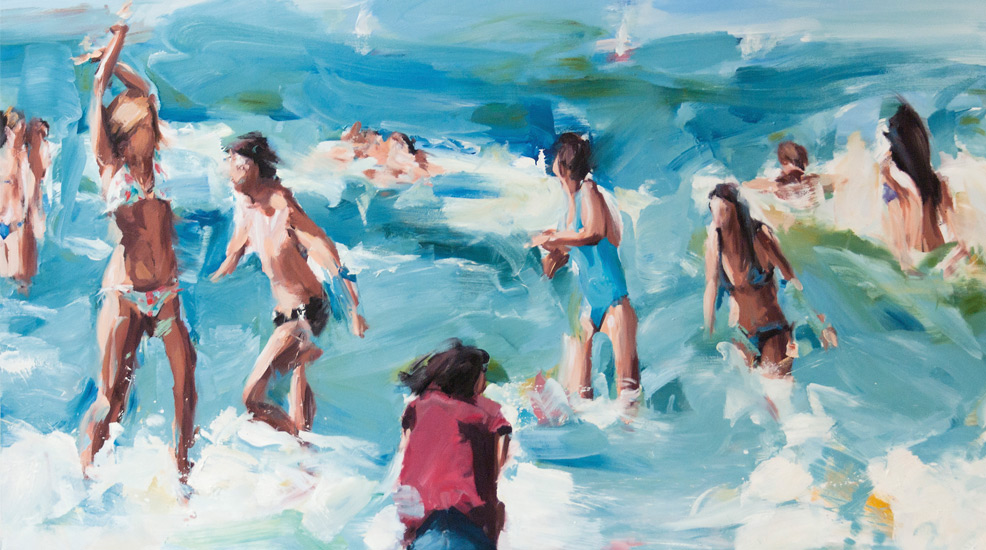
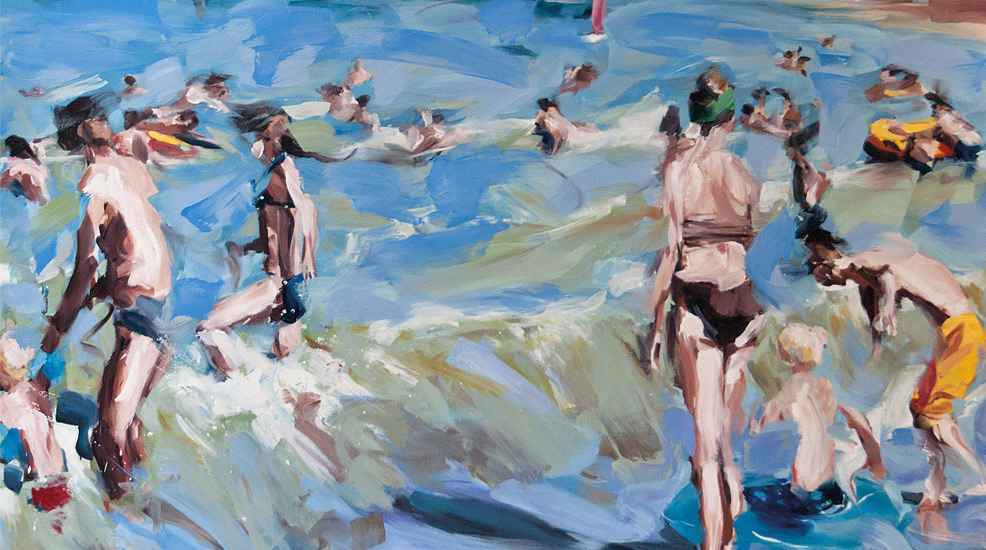
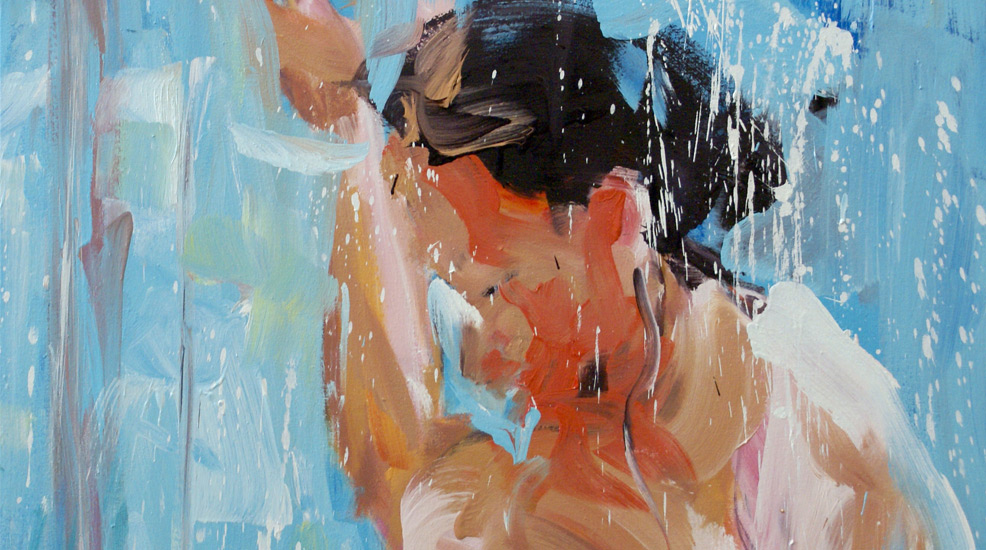





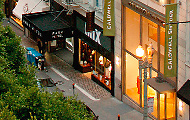
Caldwell Snyder Gallery
341 Sutter St
San Francisco, CA 94108
T. +1(415)392-2299
caldwellsnyder.com/
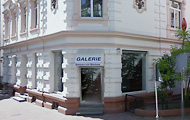
Galerie Barbara von Stechow
Feldbergstraße 28
60323 Frankfurt
T. +49 69 722244
galerie-von-stechow.com
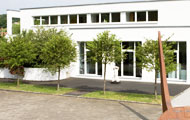
Galerie Cyprian Brenner
Auweg 6
73460 Hüttlingen-Niederalfingen
T. +49 (0)176 841 73 867
galerie-cyprian-brenner.de

Kunsthaus Fischer
Torstraße 23
70173 Stuttgart
T. +49 711 / 24 41 63
kunsthaus-fischer.de
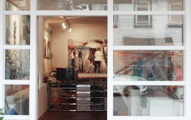
Galerie Kunstblick
Neue Straße 44
72336 Balingen
T. +49 7433 96 75 05 7
kunstblick-balingen.de
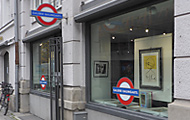
Galerie Baumgartl
Prannerstraße 5
80333 München
T. +49 89 2289242
andreasbaumgartl.de
Wie durch einen Spiegel hält uns der in Köln lebende Künstler Alireza Varzandeh das alltägliche Leben, gesellschaftliche Strukturen und Gewohnheiten vor Augen. Von ausgelassenen Strandszenen über städtische Bauarbeiter, Passanten und Radfahrer im Stadtverkehr, Spaziergänger im Park, sowohl bei Regen als auch Sonnenschein, bis hin zu farbenprächtigen Blumenstillleben -kein Sujet scheint für den 1963 in Persien geborenen Künstler bildunwürdig oder kompositorisch uninteressant zu sein. Alireza Varzandeh zieht, wie durch einen Zoom, ausgewählte Szenen des zeitgemäß pulsierenden und rasanten Lebens ganz nah heran und bringt sie für kurze Zeit zum Stillstand. Durch die weitreichende Farbpalette, die gezielt gesetzten Schattierungen, Reflektionen und Lichtakzente, wird der Betrachter spontan und unvermittelt direkt ins Bildgeschehen und in den Bann der Werke hineingezogen. Wie bei Scharfstellung des Objektivs einer Fotokamera werden die Bildmotive zunächst abstrakt auf der Leinwand skizziert, dann detailgenau in ÷l aufgebracht, um anschließend erneut in eine abstrahierte, objektivere Ansicht vermalt zu werden. Schon während dieses Arbeitsprozesses scheint der Künstler selbst die einzelnen Schritte zu durchlaufen, welche auch der Betrachter erfährt, wenn er vor dem vollendeten Werk steht [...]
Die Nähe, die der Künstler zwischen Betrachter und Kunstwerk entstehen lässt, wird jedoch wieder durch den räumlichen Abstand unterbrochen, den der Betrachter zum Bild gewinnen muss, um überhaupt dem Bildmotiv folgen zu können. Es ergibt sich also ein ständiger Wechsel zwischen Nähe und Distanz, Bewegung und Stillstand, sowohl im Hinblick auf die Gestaltungsmittel, die Alireza Varzandeh in seiner Malerei nutzt, als auch in Bezug auf die inhaltliche Aussage. Und in jeder Hinsicht scheint der Betrachter als essentieller Teilnehmer vorgesehen zu sein, wodurch er aus der Rolle des allein passiven Beobachters heraustritt.
The Cologne-based artist Alireza Varzandeh reveals day-to-day life, the structures and customs of society to us as if through a looking glass. From boisterous beach scenes to urban construction workers, passers-by and cyclists in traffic, people walking in the park, in rain and shine, to extremely colourful floral still life scenes ñ there does not seem to be any subject that is unworthy of painting or uninteresting from the composition perspective for this artist, who was born in Persia in 1963. As if he were using a zoom lens, Alireza Varzandeh creates extreme close-ups of selected scenes of vibrant, fast-paced contemporary life and brings them to a standstill for a brief moment. The viewer is spontaneously and unexpectedly drawn into the pictorial narrative and cast under the spell of his works thanks to the extensive color palette, purposeful placement of shadings, reflections and light accents. As when adjusting the focus of a camera lens, the motifs of the paintings are initially sketched on canvas in abstract form, then applied in great detail in oil, only to be subsequently painted over again, thus creating an abstract, more objective view. During this work process, the artist himself already appears to go through the individual steps that the viewer also experiences when standing before the completed work [...]
This proximity, which the artist generates between the viewer and the work of art, is interrupted once again by the spatial distance from the picture that the viewer must maintain in order to even be able to comprehend the motif of the painting. Therefore, the result is constant alternation between proximity and distance, motion and standstill, in terms of the design elements that Alireza Varzandeh uses in his painting as well as with respect to the content-related message. Moreover, the viewer seems to be earmarked as an essential participant in every regard, which consequently forces him leave the role of a merely passive observer behind.